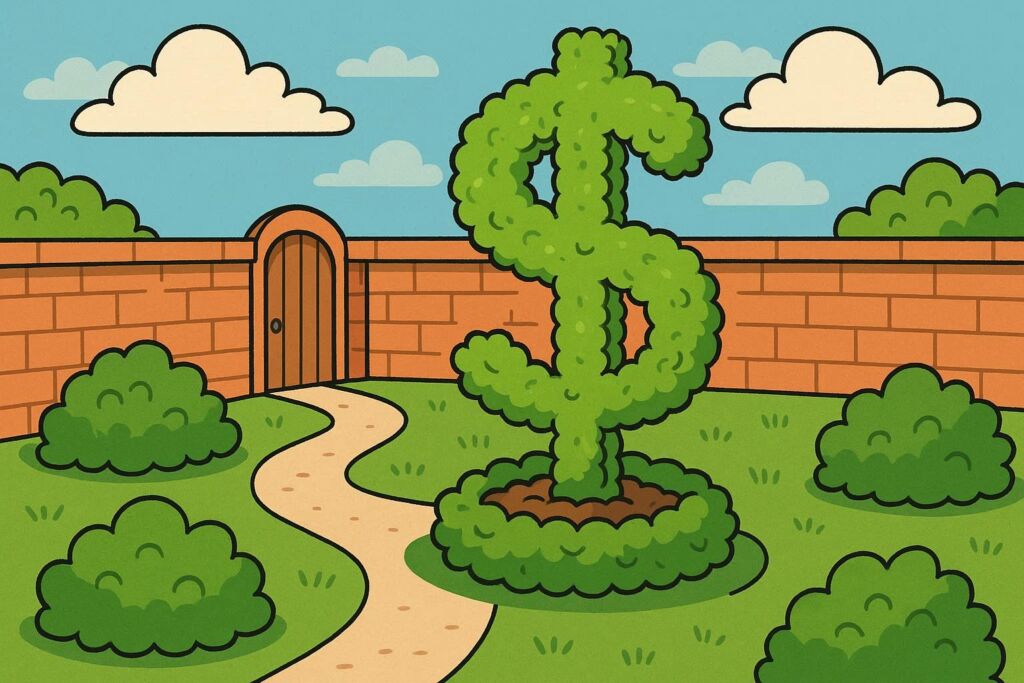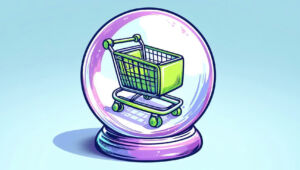DSP Wars: Walled Gardens Don’t Need to Win, They Just Need to Be Cheap
by Shirley Marschall on 16th Oct 2025 in News

Shirley Marschall draws up the battle lines as Amazon, Google, and The Trade Desk prepare to enter DSP combat…
Has first blood in the DSP war already been drawn? It certainly seems so.
Amazon has been busy lately: Amazon + Netflix, Amazon + Spotify, Amazon + SiriusXM, now Amazon + Microsoft… and the list keeps growing. It almost feels like there’s a new, big, noisy collaboration announcement every single day. And that’s quite a turn from Amazon, after treating its ad (and ad tech) business like a neglected side gig for years, to now going full-blown "we’re eating the entire open web" DSP-killer mode.
Google, meanwhile, has had to keep a relatively low profile on all things ad tech this year (it has a few legal issues to contend with…), which has certainly opened a door for Amazon. Well, relatively low, because there was the not-so-small SA360 + Criteo announcement, hinting at further integration into DV360. And if the Google Search trial taught us anything, it’s that Google’s next big (DV360) bang will probably land roughly two weeks after the ad tech verdict …yes, looking at you, Chrome + Gemini integration.
Anyway, a year or two ago, Amazon’s DSP wouldn’t have even been mentioned in most conversations. Sure, it was around, strategically used here and there for what only Amazon can offer (shopper data, Prime Video inventory, etc.). But a centrepiece of a media strategy? Never. After all, Amazon’s DSP wasn’t (and isn’t) full-stack, nor independent. It was never particularly remarkable. It has always really been neither fish nor fowl… (a lot like Adobe’s DSP for those who remember).
But here we are, in the middle of a DSP war between the 2025 giants: Amazon, Google, and TTD. And may the cheapest one win!
Wait, what? The cheapest one? Shouldn’t the best one win? The most innovative? Best client service? Highest-quality supply? Nah, it’s all about cost.
Which shouldn’t really surprise anyone, given that marketing has always been viewed as a cost centre. Yes, a story as old as mankind, or at least as old as marketing itself.
How Amazon and Google, both with a gazillion revenue streams, can dump their DSP take rates isn’t too hard to figure out. And Amazon, in its quest to win over clients, is more likely than not even happily burning through a bit of cash. After all, switching DSPs isn’t easy, whether programmatic buying is managed in-house or by an agency. There’s onboarding, losing historical campaign data, retraining, new setups… and the list goes on. So the deal better be sweet. So sweet that it can’t be denied.
Advertisers are now making lame excuses for this cheap behaviour, hiding behind "question where your dollars really go" narratives and the ANA’s Programmatic Benchmark Study, which notes "huge potential" for savings and efficiency gains that affect billions in spend.
Meanwhile, ad spend forecasts lay bare that the vast majority of ad spend growth is flowing straight into monopolist coffers. Between now and 2027, Alphabet, Meta, Amazon, and TikTok are expected to absorb over USD$200bn (£149.8bn) in new revenue. So no real surprise here, no real platform evaluation, no real strategy… just real short-termism, flat-earth marketing.
But hey, it’s cheap! And once the switch is made and the joint business plan (JBP) locked in, the deal is done. The rates? There’s always next year to renegotiate.
Do all the recent supply deals Amazon made help Amazon win over advertisers? Oh absolutely! A retail giant collaborating with all major CTV, audio, and more suppliers makes a splash. And rightfully so. Take Amazon + Netflix, that’s "closing the loop from Stranger Things binge to shampoo purchase without breaking a sweat." On the other hand, none of these collaborations, none of this supply is really unique to Amazon, despite the hype suggesting otherwise.
So where does this leave TTD? TBD?
Its DSP being the only revenue stream is a huge disadvantage when it comes to price…yes, the price of being independent. So should TTD enter this price war? After all, 10% of something is better than 20% of nothing, right? But what happens when Amazon and Google dump prices even further? What then? When innovation, independence, and client service don’t matter, what’s left? M&A?
So, is Amazon eating TTD alive right before our eyes? Are we watching what looks suspiciously like anti-competitive behaviour? What we’re definitely seeing is the expansion of the ad tech walled garden monopoly (well, duopoly)... and it’s 100% man-made.
And we’ve been here, seen it, litigated it, and still here we are, walking right into it again…knowing monopolies end in less competition, less innovation, and less choice. But who cares as long as it’s cheap. And at this rate, the 2026 DSP wars might not just be Amazon vs. Google vs. TTD, they might include Temu or Alibaba, too.
Cheap always finds a way.









Follow ExchangeWire